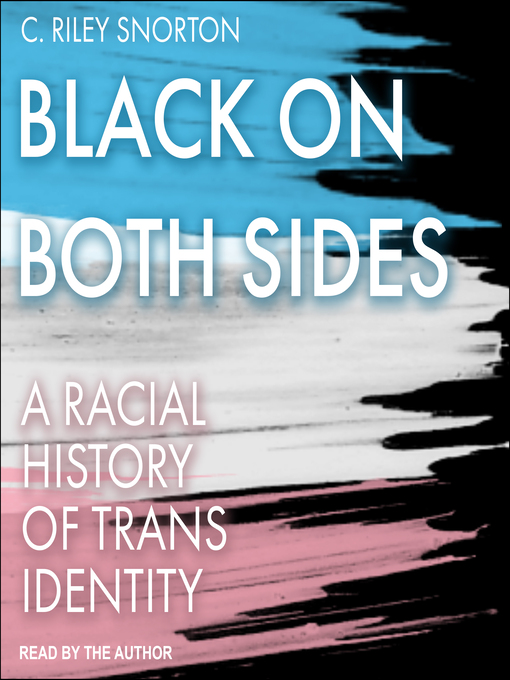
Drawing on a varied archive of materials, Snorton attends to how slavery and the production of racialized gender provided the foundations for an understanding of gender as mutable. In tracing the genealogies of blackness and transness, Snorton follows multiple trajectories, from the medical experiments conducted on enslaved black women to the negation of blackness.
Revealing instances of personal sovereignty among blacks in the antebellum North that were mapped in terms of "cross dressing" and black literary works that express black men's access to the "female within," Black on Both Sides concludes with a reading of the fate of Phillip DeVine, who was murdered alongside Brandon Teena in 1993. Reconstructing these trajectories furthers our capacities to conceive more livable black and trans worlds.
-
Creators
-
Publisher
-
Release date
February 22, 2022 -
Formats
-
OverDrive Listen audiobook
- ISBN: 9781705248799
- File size: 255085 KB
- Duration: 08:51:25
-
-
Languages
- English
Formats
- OverDrive Listen audiobook
subjects
Languages
- English
Why is availability limited?
×Availability can change throughout the month based on the library's budget. You can still place a hold on the title, and your hold will be automatically filled as soon as the title is available again.
The Kindle Book format for this title is not supported on:
×Read-along ebook
×The OverDrive Read format of this ebook has professional narration that plays while you read in your browser. Learn more here.